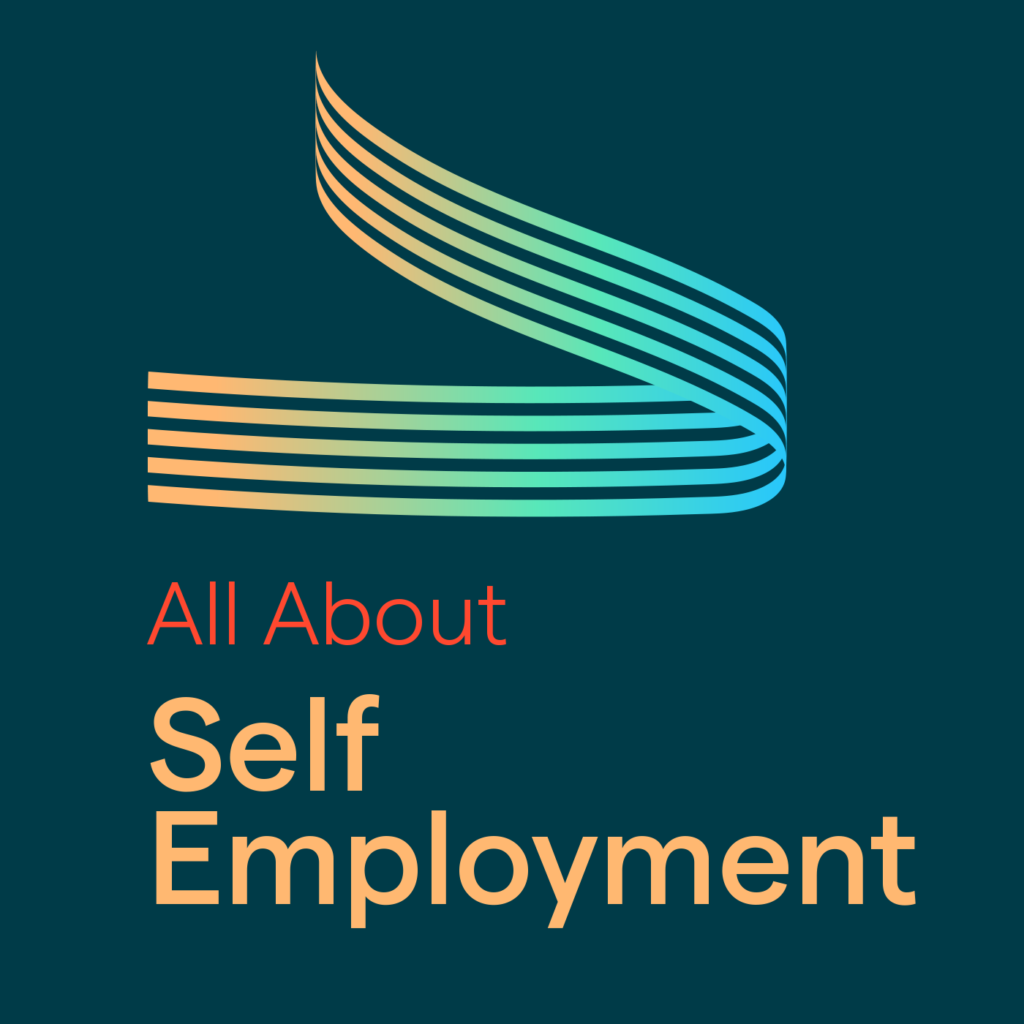As from 06 April 2020, new legislation requires all agency workers to receive a key information document (KID) from any new employment agency that they sign up to.
But what is a KID and why is it so important that you get one before signing up to an employment agency?
The KID is to be provided to the agency worker before that worker agrees terms with the employment agency and it must reflect how deductions for fees and other sums are made throughout the supply chain and how they affect the agency worker’s remuneration.
The KID must set out key information regarding the remuneration to be paid to the agency worker and detail deductions to be made by the employment agency and if applicable, any intermediary such as a personal services company or an umbrella company used by the agency worker.
So, what exactly will the KID show?
Well, the regulations set out a number of requirements regarding the content of the KID and these are summarised below. Essentially, the regulations are aimed at providing the agency worker with written key information details that are transparent as to how the pay the agency worker will receive in respect of an assignment is calculated.
Though providing one is a legal requirement, there is no KID template, only ‘government guidance’ on what should be in a KID.
What should a KID include?
The government’s guidance which can be accessed here
Amongst other things, in brief, a KID should include the following:
- The title, ‘Key Information Document’ at the top of the first page.
- Details of the agency worker, the agency, any intermediary such as a personal services company or an umbrella company, nature of employment and details of the minimum rate of remuneration that the employment business reasonably expects to achieve for the agency worker, for example, national minimum wage.
- A description of all of the deductions to be made. These may be statutory and non-statutory and will include but are not limited to, PAYE tax, employees NIC and pension and where there is an intermediary involved such as a personal services company or an umbrella company, employers NIC, Apprenticeship levy and umbrella fees. These can be described or in the case of non-statutory deductions, an example provided demonstrating how such deduction is calculated.
- A representative worked example of how the pay to an agency worker is calculated.
The example provided in the KID may use figures for illustrative purposes, however the sample calculation must enable the agency worker to calculate with some certainty what their pay will be when using the figures that relate to them.
The government guidance provides the following worked example for a relationship involving an umbrella company:
|
Representative example statement |
Umbrella income |
Worker income |
|
Example gross rate of pay to intermediary or umbrella company from us: |
£328.40 weekly |
x |
|
Deductions from intermediary or umbrella income required by law: (Employer’s NI, apprenticeship levy, etc.) |
£17 tax £22 employer’s NI |
x |
|
Any other deductions from intermediary or umbrella’s income: (Administration fee, margin, etc.) |
£15 margin weekly |
x |
|
Example gross rate of pay to you: |
x |
£270.40 weekly |
|
Deductions from your pay required by law: (Tax, NI, etc.) |
x |
£10 Income tax £15 NI |
|
Any other deductions or costs from your wage: (Private healthcare, etc.) |
x |
£13 pension contribution |
|
Any fees for goods or services and their frequency: (Training, DBS check, etc.) |
x |
£26 DBS check (one-off) |
|
Example net take home pay: (Following all estimated deductions, costs and fees) |
x |
£225.40 weekly |
It is the recruitment agency’s responsibility to issue a KID to the agency worker and to any intermediary such as a personal service company or an umbrella company. It is not the responsibility of the umbrella company to provide the KID.
The agency should seek information from any intermediaries to enable them to ensure that all relevant information is contained in the KID. This is to provide transparency and a clear explanation to the agency worker about deductions made and the remuneration that they can expect to receive.
It is important that workers are clear on what income they can expect to receive for work undertaken. We’ve written before when tackling the issue of employers’ NIC payments about how a good umbrella company will be transparent about where deductions are made from their assignment income. This should be reflected in the KID.
A good employment agency that cares about its agency workers will happily provide them with a KID and will provide detail about relevant relationships in the supply chain.
However, keep in mind that there are some employment agencies out there that may provide inaccurate information or provide the bare minimum in their KIDs. Always do your research before committing to work with an employment agency and ensure that you are clear on what remuneration will be paid to you before you start working for them.








